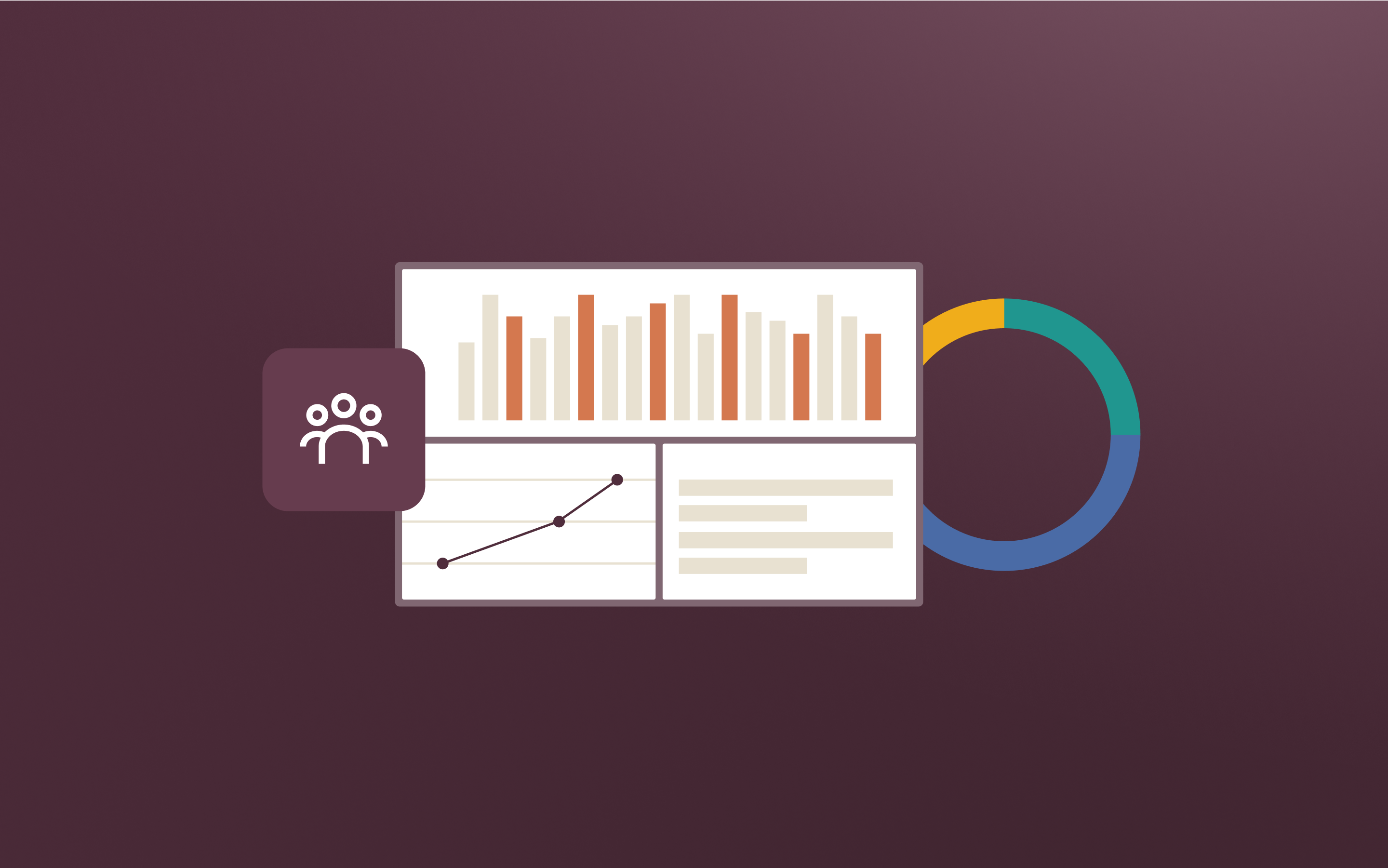Employee life cycle: The complete guide for HR leaders

From hire to retire, every stage in the employee lifecycle is an opportunity for companies to reinforce their company culture, boost retention, and improve employee engagement. By understanding each stage of the employee journey, HR professionals and business leaders can ensure that every stage is intentional, well-managed, and supportive of a productive workforce. This guide breaks down each step in the employee lifecycle and includes best practices to refine your approach to employee life cycle management.
What is the employee life cycle?
The employee life cycle is a structured HR framework that outlines the stages an employee experiences within an organization, from initial attraction to eventual departure. The employee life cycle model helps HR teams strategically manage employee interactions, ensuring a positive experience that supports employee growth and company success.
By understanding and optimizing each stage of the employee life cycle, organizations can improve their employer brand, enhance employee engagement, and foster long-term retention. The key stages of the employee life cycle include:
- Attraction
- Recruitment
- Onboarding
- Engagement
- Retention
- Development
- Offboarding & advocacy
The 7 employee life cycle stages
The employee life cycle consists of several key stages, each playing a crucial role in shaping an employee’s experience within an organization. By effectively managing these stages, HR teams can ensure a seamless journey from initial attraction to post-employment advocacy. Below is a detailed breakdown of each stage and its significance.
Stage 1: Attraction
Attraction is the first stage of the employee life cycle, where organizations build a compelling employer brand to draw in potential candidates. Companies achieve this through brand storytelling, transparent company culture, and showcasing career growth opportunities. A positive reputation helps attract top talent who align with the company’s mission and values.
Stage 2: Recruitment
Recruitment is the process of identifying, screening, and selecting the right candidates for open positions. This stage requires a structured hiring process, including job postings, interviews, and assessments. A smooth recruiting experience sets the stage for a successful onboarding and long-term employee engagement.
Stage 3: Onboarding
The onboarding process ensures that new hires transition smoothly into their roles by providing them with the necessary training, resources, and introductions. A well-structured onboarding program helps new employees understand company culture, build relationships with colleagues, and hit the ground running in their new roles.
Stage 4: Engagement
Engagement is a crucial phase in the employee experience lifecycle. It ensures employees remain motivated, satisfied, and aligned with company goals. This stage of the lifecycle includes fostering open communication, employee recognition programs, and professional development opportunities. High employee engagement leads to increased productivity and job satisfaction, reducing turnover rates and improving the employer brand.
Stage 5: Retention
Retention involves creating a positive work environment where employees feel valued and supported. Organizations can improve employee retention by offering competitive salaries, career growth opportunities, and a healthy work-life balance. A strong retention strategy minimizes turnover and maintains a skilled workforce.
Stage 6: Development
Development is an ongoing process that ensures employees continue to grow professionally. Providing learning opportunities, mentorship programs, and leadership training helps employees enhance their skills and advance within the company. This stage benefits individual employees and strengthens the organization's overall capabilities.
Stage 7: Offboarding & advocacy
Offboarding is the final stage of the employee life cycle, but it doesn’t have to mark the end of the relationship between the company and the employee. A structured offboarding process, including exit interviews and knowledge transfer, ensures a smooth transition. Beyond the employee-employer relationship, former employees can act as brand advocates or potential rehires if they maintain a good relationship with the company.
Employee lifecycle management best practices
Effectively managing the employee life cycle requires a strategic approach to ensure employees remain engaged, motivated, and aligned with business goals. Below are key best practices to optimize each stage of the employee life cycle.
1. Streamline onboarding with integrated HR systems
A seamless onboarding process sets the foundation for long-term success and a positive employee experience. Using employee onboarding software that’s integrated with an all-in-one HR platform can automate paperwork, provide structured training, and ensure a smooth transition for new hires. This helps new employees feel welcomed and prepared from day one.
2. Use employee feedback to enhance engagement
Regularly collecting feedback through employee engagement surveys, one-on-one meetings, and performance reviews helps HR teams understand employee needs and improve workplace culture. Actively addressing employee concerns and making data-driven improvements foster higher engagement and job satisfaction.
3. Prioritize employee development and continuous learning
Providing employees with opportunities to learn new skills, attend workshops, and participate in mentorship programs supports career growth. Investing in an employee development plan not only boosts employee performance but also strengthens the organization’s overall capabilities, improves employee retention, and bolsters the employer brand.
4. Foster a culture of recognition and rewards
Recognizing employees for their contributions boosts morale and makes for a more positive and productive employee experience. Implementing structured reward programs, offering bonuses, and celebrating achievements help create a positive and engaged workforce.
5. Implement a structured offboarding process to maintain positive relationships
A well-managed offboarding process ensures departing employees leave on good terms and remain advocates for the company. Conducting exit interviews, gathering insights, and keeping alumni engaged can lead to future collaboration and even potential rehires.
Take control of the employee life cycle with Rippling
Managing the employee life cycle efficiently requires the right tools, and Rippling provides an all-in-one HR platform designed to simplify each stage. From automated onboarding to seamless payroll integration and real-time performance tracking, Rippling ensures that HR teams can manage the entire employee journey with ease.
By centralizing HR functions, Rippling eliminates administrative burdens, allowing businesses to focus on employee engagement and development.
Employee life cycle FAQs
What is the life cycle of HR?
The HR employee life cycle refers to the structured process of managing employees from attraction to offboarding. It includes key stages such as recruitment, onboarding, engagement, retention, development, and offboarding, ensuring a comprehensive approach to workforce management.
What is employee life cycle planning?
Employee life cycle planning involves developing strategies to enhance each stage of an employee’s journey within an organization. This includes implementing effective recruitment processes, fostering engagement, investing in development, and ensuring a smooth transition during offboarding.
What is the employee benefit life cycle?
The employee benefit life cycle encompasses the various stages at which employees access and utilize company-provided benefits. This includes enrollment during onboarding, ongoing adjustments based on life changes, and transitioning benefits upon exiting the organization.
This blog is based on information available to Rippling as of February 6, 2025.
Disclaimer: Rippling and its affiliates do not provide tax, accounting, or legal advice. This material has been prepared for informational purposes only, and is not intended to provide or be relied on for tax, accounting, or legal advice. You should consult your own tax, accounting, and legal advisors before engaging in any related activities or transactions.








